Relax, this is not a column about Elvis. Instead, even though I am generating this column in mid-September, I’m going to channel the holiday season. By the time you read this, decorations have been in stores for a month and Hallmark movies featuring snow and festive gatherings will be on television 24/7. Growing up, I learned about the “three wise men” in church. As I got older, I also learned about the “local wise guys” in our Cleveland neighborhood. But the wisest of all the wise men may be fictional TV character Frasier Crane who stated on the show Frasier, “It may be an unwise man who doesn’t learn from his own mistakes, but it’s an absolute idiot that doesn’t learn from other people’s.”
The information below is compiled from EIT interactions with customers who, like all of us, make mistakes on occasion. Some of these mistakes are presented here, with the goal of making all of us wiser when collecting data with radiometers.
Data
Anytime EIT is asked to review radiometer data, we ask for three new sets of data, collected with the same process parameters and consistent data collection techniques. We ask the customer to properly clean the optics and allow the units to cool between runs. The data we request includes:
- Irradiance (W/cm2) values and Energy Density (J/cm2) values, if available
- Process speed
- Source type/bulb type, reflector type
- Radiometer serial number and instrument settings, including the sample rate
- Date of last service, especially if performed by a third party not authorized by EIT
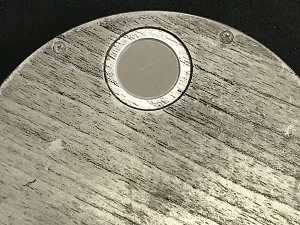
The three sets of collected data allow us to assess the stability of the sources, radiometer, transport system and data collection techniques. The data also allows us to confirm that the radiometer being used has the correct dynamic range and optic response for the source type.
If a profiling radiometer is available, we ask for those files as they help us to further understand the UV values, number of lamps, focus conditions and bulb types. The file also allows us to look at individual UV sources on a line that contains multiple sources.
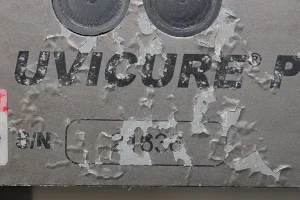
The comparison becomes complicated when different brands of radiometers with different optic responses, dynamic ranges and sample rates are compared to each other.
These data reviews often identify the need for the customer to make adjustments that could include the following:
- Read the manual to get a deeper understanding of how the instrument functions
- Select more appropriate instruments or settings in terms of optic response, dynamic range or sampling rates
- Improve the care of the instruments and the optics
- Perform system maintenance and/or replace worn consumable items
- Improve the data collection and data recording techniques
Real-world checklist
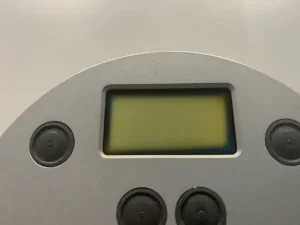
This list is compiled from real-world examples and can provide solutions to problems encountered in the field.
UV power supply
- Make sure the power supply is safely and properly connected to the incoming electrical power.
- Avoid bypassing safety shields or locks intended to protect employees and avoid damage to the equipment. We recently received a call from a customer who was using a screwdriver to bypass an electrical connection on a high-voltage arc lamp.
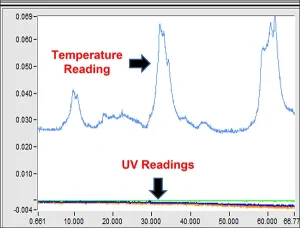
Figure 4. Graph of a profiling (UV and temperature) radiometer run under three sources with the optics orientated away from the UV sources. Temperature profile is shown… very little UV was measured. - Please respect the power of electricity and follow the lock out/tag out procedures.
UV source, equipment and application settings
- Allow enough time for the source to warm up based on the guidelines from the manufacturer.
- Turn off the printing or coating equipment or your instrument could be decorated with a very nice wood grain pattern (Figure 1).
- Radiometers work best when they are handled as optic instruments and not exposed and/or submerged into coatings or other caustic materials (Figure 2).
- Maintain your source. This includes replacing consumable items as needed, such as air filters, reflectors and bulbs. If a microwave-powered source is used, be sure to also check the RF screen and gaskets.
Instrument settings
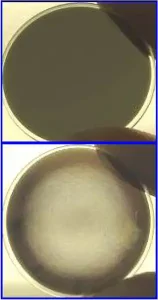
- This may seem basic, but make sure the instrument is turned on and the optics are orientated to the UV source. Figures 3 and 4 show why this reminder sometimes is necessary.
Instrument care
- Use an instrument with an optic response and dynamic range matched to the source.
- Follow the recommendations of the instrument manufacturer, including how to clean the optics (Figure 5).
- Radiometers perform best when they are not subjected to modifications or physical damage.
- Customer modifications or repairs that may seem minor can have huge impacts on instrument performance. Use of the wrong screw size in one instrument caused the electronics to short.
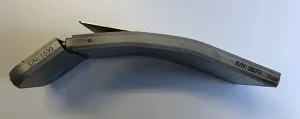
Figure 6. Severe physical damage from dropping, crushing or getting a radiometer stuck in equipment cannot always be repaired. - Use an authorized repair technician. In one instance, unauthorized repairs made with solder and flux meant for plumbing repairs caused enough damage to the instrument electronics to require replacement of the entire printed circuit board.
- Severe physical damage from dropping, crushing or getting a radiometer stuck in equipment cannot always be repaired (Figure 6).
- Calibration and service of radiometers requires specialized equipment, sources, standards, procedures, software and training. The manufacturer or authorized labs are the ones that have access to the items above. EIT-authorized labs have access to EIT’s calibration and engineering resources, as well as our proprietary replacement optics and components.
Buyer beware
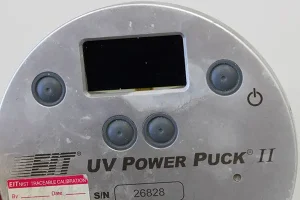
Unfortunately, EIT radiometers have been counterfeited in China (Figure 7). The counterfeit radiometers do not perform, last or report the same UV values as a genuine EIT instrument. EIT continues to educate end users in areas impacted by counterfeit products while also pursuing legal remedies. A non-functioning fake watch displays the correct time twice a day. This is a much higher percentage than the performance of counterfeit radiometers.
Parting thoughts
In the words of Elvis: I’ll have a blue Christmas without U-(Vee). Thank you, thank you very much.
 Jim Raymont
Jim Raymont
Director of Sales
EIT LLC
jraymont@eit.com







